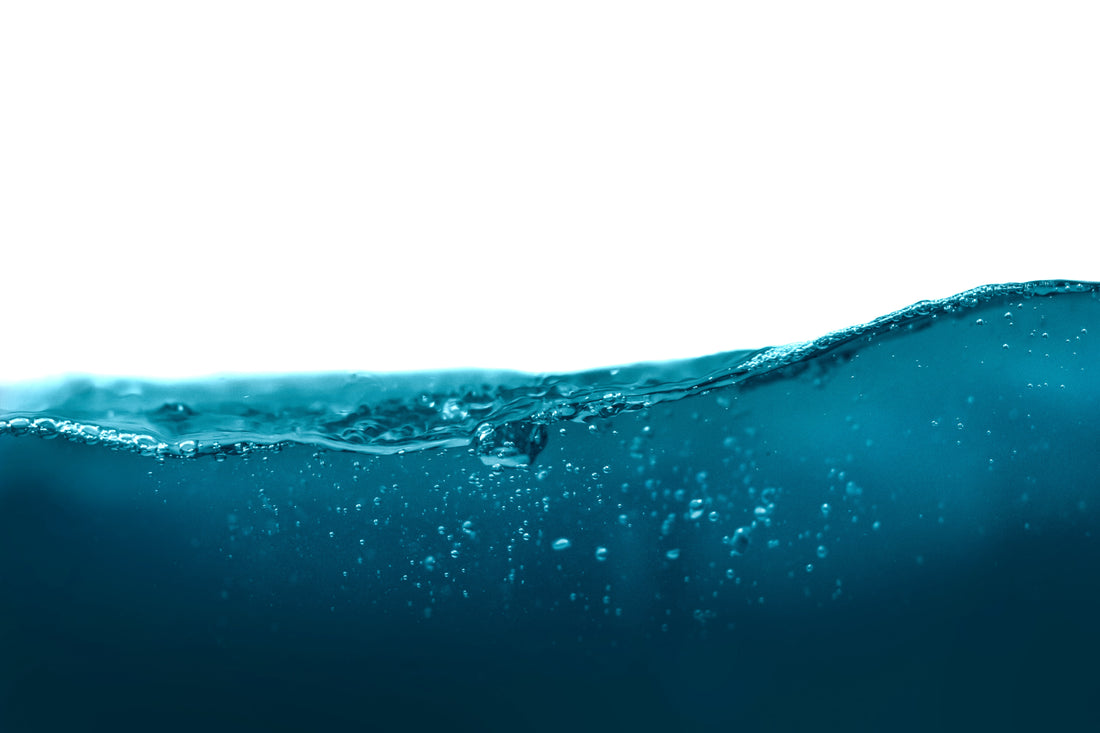If you notice buildup or stains in your bathtubs or sinks and a pungent smells or taste in the water, you may be getting hard water in your water supply. Leaving hard water untreated can cause various problems to your plumbing system, machines, and even skin and hair. Hard water is dangerous since it contains high intensity of minerals such as magnesium and calcium. These minerals deposit in your plumbing system causing blockage and leakage.
Furthermore, hard water reduces the life expectancy of appliances such as dishwashers, water heaters, and washing machines. Hard water deposits also increase your maintenance and energy bills. A notable solution to solve the hard water problem is through water softener installation.
What is a Water Softener?
A water softener eliminates minerals such as calcium and magnesium from hard water through ionization. The device replaces magnesium and calcium ions from the water and replaces it with sodium ions.
Soft water solves numerous problems such as machine lifespan reduction and plumbing system buildup. Water will taste and smell better and improve your hair and skin.
A charger Water softener eliminates minerals from hard water and treats hard water that enters your home. It is a whole water softener system, which means that you can install this system in your main water supply and eliminate the hard water supply in your entire house. As a result, you can save money up to 30% with reduced electricity and maintenance bills.
How a Water Softener Works with Charger Water Softener
The charger water softener contains two tanks. When the hard water enters in the Charger Water Softener, it passes through the media tank. This tank includes resin beads covered with sodium ions. Since resin beads contain a positive charge, they remove negatively charged minerals from water with the ion-exchange process. When sodium ion finds spaces in the water, they take their spots. When water passes through the outlet of the media tank, it contains sodium instead of hard minerals. Resin beads collect magnesium and calcium, thus softening the water.
Now, the water enters the brine tank leaving resin beads coated in hard minerals. When resin beads are fully covered with minerals, the brine tank releases brine, a mixture of salt and water. Brine water washed the beads through the regeneration process. The regeneration process removes magnesium ions from the water, keeping it ready for another round. When the brine tank runs out of solution, a water softener will fail to convert hard water into soft water.
Charger water softeners use three steps to clean the water from contaminants and minerals. The system contains a control valve to recharge the resin beads and remove minerals from the water.
Types of Water Softener Control System
Here are three major types of water softener control systems:
1. Computerized Control
A computerized system is a popular option for the regeneration process. It automates the process depending on your needs. For instance, if you are on vacation or have guests staying in your house, it automatically adjusts the control system. The softener’s grain capacity controls the computerized system. Furthermore, the system also depends on the people in your home and the hardness level of the water. This system yields maximum advantages when used with salt pellet since it only triggers the regeneration process when necessary.
2. Timer Controlled
This system includes a time clock that triggers the regeneration process. This water softening machine doesn’t work with water flow. Instead, it runs at a predetermined time. This system is less costly than a computerized system and uses less energy. However, salt quantity is high in this softening system. Sometimes, this controlled system allows hard water to pass into the main water supply, especially when the water hardness level is higher than expected.
3. Manually Controlled
In some cases, a manually controlled system is required. This is a simple system and contains a lever control valve. For instance, you can use this valve when you have to use a hose to flush the water out of the system temporarily.
Benefits of Charger Water Softener
Charger Water Softeners are customized systems to maintain the water system according to your needs. If you want to install this system at home, you need to contact the Charger water Softener service center. They will send a technician to your doorsteps for inspection. The technician will check the hardness level of water and water consumption in your house. Then, they will configure the Charger Water Softener according to your needs for maximum benefits. Here are some evaluation tests that technicians conduct:
- They will check water quality and harness level. This testing process will assess the minerals such as magnesium and calcium in the water. Furthermore, they will check the acidity and iron component in the water.
- They will perform a visual inspection by checking water-consuming fixtures, plumbing systems, and appliances.
- They will run laboratory tests to check organic, inorganic, and microbial mineral contaminants.
- Determine your water consumption by comparing three months of water utility bills.
Once they are done with the inspection, they will recommend the right size and type of Charger Water Softener system. This equipment will efficiently transform hard water into soft water. They might also recommend other equipment with the water softening system such as Whole House Filters, Scale Control Device, Iron & H2S Filers, and Point-of-Use System.
Conclusion
Using Charger Water Softener is an ideal solution for most people. All you need is to contact the manufacturer, and they will send an inspection team to your home. However, there are other water softeners that offer excellent performance well. For instance, if you want to eliminate harmful minerals from the water, you can purchase FilterSmart Premium Whole House, Water Filter. Or, if you want to eliminate carbon components from the water, you can install the FilterSmart Whole House Carbon Filtration System.






